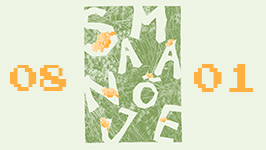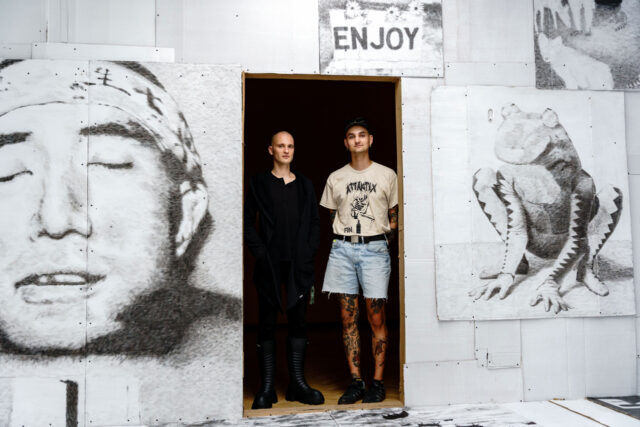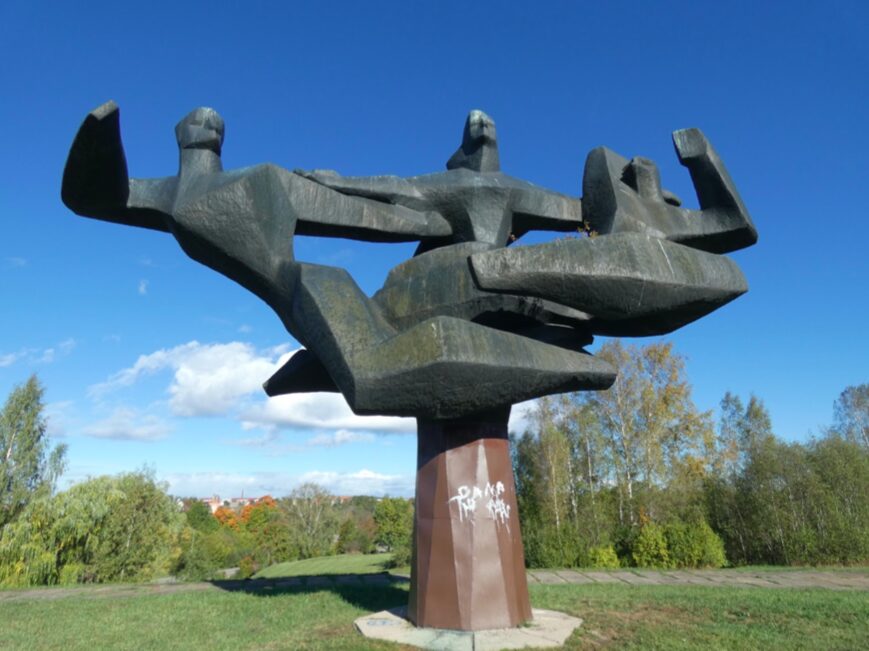Augustas Serapinas
Pine, Spruce and Aspen
15.11.2024–2.03.2025
Arsenal Gallery power station, Białystok
13 Elektryczna St. (entrance from Świętojańska St.)
Curators: Post Brothers & Katarzyna Różniak-Szabelska
Podlasie is one of the few regions in Poland where traditional wooden architecture has been preserved. However, such vernacular architecture has been disappearing in recent years from local cities, villages, and towns, as well as from the region’s neighbor, Lithuania. Old log houses are deteriorating, are abandoned, sold off for lumber or firewood, or have undergone reconstructions and modernizations. In Białystok, they often suspiciously burn down to make way for investments by developers. At the same time, similar buildings end up in museums and open-air collections, where they become part of the region’s tourist brand. Residents of the region are grappling with the tension between intentional destruction, natural transience and change, and the need to preserve this unique local architectural legacy. They face the question of how to acknowledge their own folk heritage without it being reduced to the stereotype of a romanticized, simple rural past. These are also some of the issues that Vilnius-based Lithuanian artist Augustas Serapinas has been tackling in recent years.
Serapinas’ practice is characterized by a sensitivity to place, a keen awareness to how social habits are encoded in materials. An ongoing body of work involves the artist acquiring and dismantling unwanted wood buildings and displacing them and reconstructing them in exhibition contexts. Breaking the constructions down and reconfiguring their elements, he accentuates the practicality of their crafted design, their modular and mobile construction. Like the artist himself, the constructors of these buildings drew from their immediate surroundings and established simple yet functional building systems. For his exhibition at the Arsenal Gallery in Białystok, Serapinas combines a forge and granary preserved by open-air museums in Podlasie with a decayed home from the Lithuanian countryside into one monumental installation. This work implies an image of shared regional identity, while also instigating a compare and contrast between conserved artifacts of heritage and discarded materials of the past. While the artist’s installation alludes to stories of local places, people, memories, and routines, he avoids nostalgic idealization and instead brings attention to a legacy of pragmatic pre-industrial minimalism and the bare materiality of pine, spruce and aspen wood.
Augustas Serapinas (b. 1990, Vilnius, Lithuania) graduated from the Vilnius Academy of Arts in 2013. His work has been part of numerous biennials, including the 57th Biennale di Venezia, Riboca2 and Toronto Biennial of Art. His work is represented in renowned public collections such as the Tate, Centre Pompidou, Musée d’Art Moderne de Paris, Pinakothek der Moderne and M HKA. Upcoming solo shows include CAC Vilnius, ICA Milano and Bündner Kunstmuseum.





























